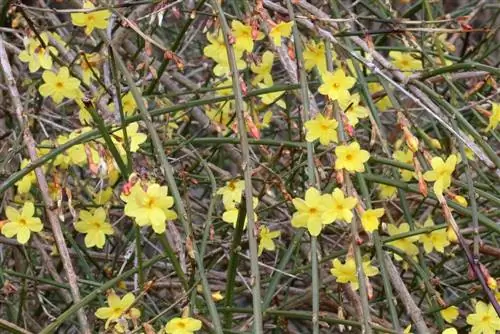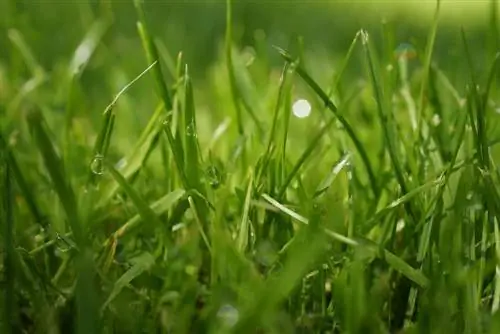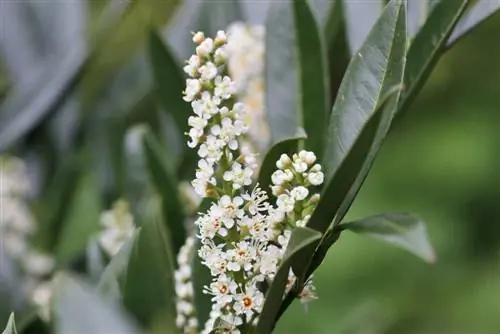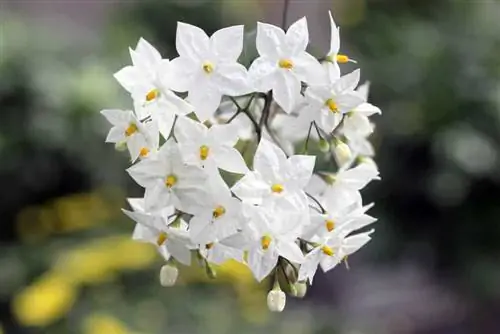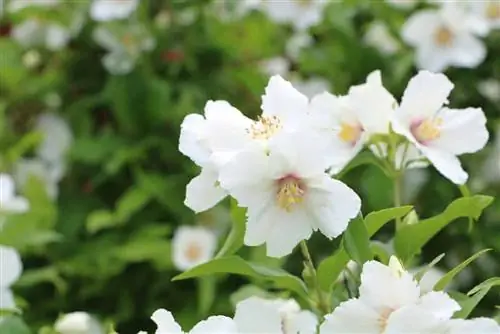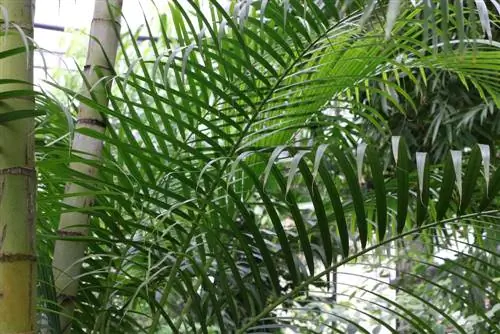- Author admin [email protected].
- Public 2023-12-17 03:39.
- Last modified 2025-01-24 12:45.
The safe overwintering of jasmine is comparatively easy if attention is paid to the plant's requirements and special features. In addition to temperature, care during the winter is also crucial to maintain the he alth and beauty of the plant. The following tips show what is important.
Hardy or not?
Where the jasmine tree can be overwintered depends on the species. Some varieties are hardy and can be left outdoors during the winter. Others, however, cannot tolerate frost and therefore have to be brought indoors. The hardy varieties include:
- Primrose Jasmine (Jasminum mesnyi)
- True jasmine (Jasminum officinale)
- Jasminum x stephanense
- Winter jasmine (Jasminum nudiflorum)
They can withstand temperatures between -12 and -15°C and should therefore receive appropriate protection in the cold season. However, varieties that are not hardy cannot survive with protection alone. They are:
- Jasminum angustifolium
- Jasminum grandiflorum
- Jasminum laurifolium
- Jasminum polyanthum
- Jasminum sambac
Preparing for winter storage
So that the plant is prepared for overwintering, depending on the temperatures, watering should be reduced and fertilizing should be stopped completely from August or September onwards. The amount of water should be reduced slowly, which happens automatically with adjusted watering. However, fertilizing does not have to be phased out, but can simply be left out.
Wintering in the garden
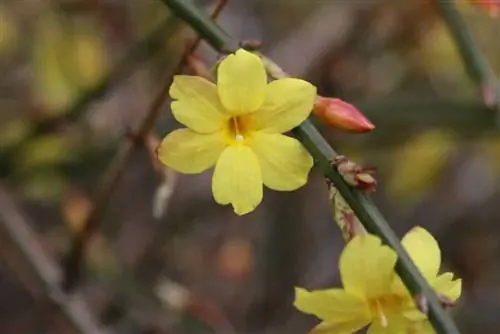
The hardy Jasminum varieties can also be overwintered outdoors, provided they receive the appropriate protection. If the plant is cultivated in a pot or bucket, the following points should be taken into account:
- Place the planter in a protected place. Locations near house walls or a corner protected from the wind are suitable, for example. It is important that the plant is not exposed to direct sunlight.
- The bucket must be insulated from below, for example with Styrofoam plates or pallets. This can protect the pot and roots from ground frost.
- The planter also needs side protection to prevent frost from penetrating or to compensate for temperatures that are too low. For example, special garden fleece but also jute or Styrofoam cloths are suitable for this. The bucket should be wrapped in several layers so that the highest possible protective function can be achieved.
- To protect the roots from above, we recommend straw, brushwood or bark mulch as a layer.
- If the jasmine tree is covered, for example on the balcony, care should be taken during the winter to ensure that the substrate does not dry out completely. Small amounts of water should therefore be given on frost-free days. Low-lime, soft water is ideal.
Wintering indoors
Jasminum varieties that are not hardy must be kept in an apartment or house over the winter, but in any case frost-free. The following instructions can help keep the plant he althy and strong through the cold season:
- If the outside temperature drops to 15 to 10°C at night, the plant should be brought indoors. As a rule, the plant has to be brought into the house around September.
- The plant needs a bright and cool, but still frost-free location during the winter. For example, winter gardens, bright hallways, well-insulated garages or cellars with windows are suitable. The temperature should be around 10 °C. Significantly higher temperatures can prevent the plant from entering the dormant phase and also increase the risk of diseases and parasites, which is why the apartment is rarely suitable for overwintering. Significantly lower temperatures can in turn cause cold damage to the plant.
- Care is the same as with the winter-hardy varieties. The substrate should not dry out completely, but it is important to avoid high humidity and waterlogging. You should also make sure that low-lime, soft water is used. Rainwater or stale tap water are suitable for this.
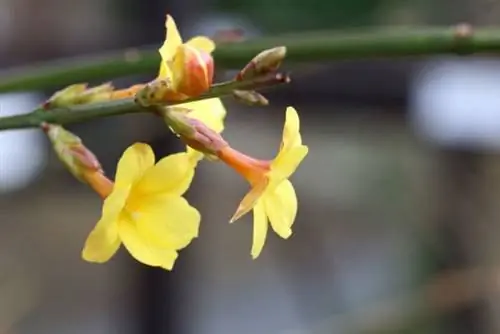
Note:
Varieties that are not hardy drop their leaves in winter. This is completely normal and nothing to worry about.
After wintering
When the temperatures rise again in spring and night frost is no longer expected, the jasmine tree can be placed outdoors. However, there are a few points to pay attention to:
- Do not place the plant directly in the sun, it is better to initially place it in a sheltered location in partial shade
- Slowly increase the amount of watering and use soft water
- Don't start fertilizing until the first shoots are visible - around April
- Repot the plant immediately after winter rest

